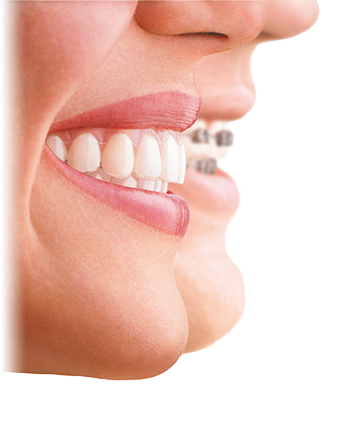 At City Dental Leeds, our aim is to make dental diseases disappear and ensure that our clients feel confident when they smile. Prevention is always better than cure and we offer advice in addition to routine and preventative dental treatments to help banish decay and gum disease and enable patients to stay free from pain and other unpleasant symptoms. Whether you have a clean bill of oral health or you have existing signs and symptoms, we can make gum disease a thing of the past!
At City Dental Leeds, our aim is to make dental diseases disappear and ensure that our clients feel confident when they smile. Prevention is always better than cure and we offer advice in addition to routine and preventative dental treatments to help banish decay and gum disease and enable patients to stay free from pain and other unpleasant symptoms. Whether you have a clean bill of oral health or you have existing signs and symptoms, we can make gum disease a thing of the past!
What is a gum disease?
Gum disease is an oral disease that causes the gums to become swollen and painful. It s caused by bacteria and is most commonly a result of poor oral hygiene. The gums become inflamed and sore when bacteria release acids that irritate them. These bacteria are present in plaque, a sticky film that develops when saliva combines food debris and bacteria. Plaque clings to the gums and the surfaces of the teeth and it is also responsible for causing tooth decay.
There are 2 principal forms of gum disease. These are gingivitis and periodontal disease, also referred to as periodontitis. The former is a mild form of gum disease, while the latter is a severe form that causes irreparable damage to the gums and the bone structure beneath the gums.
The most common signs of gum disease are inflammation, redness and tenderness in the gums, along with pain and bleeding. Most people first suspect they have gum disease when they notice their gums bleeding when they clean their teeth.
When should I see a dentist?
If you notice any warning signs of gum disease, including swelling, soreness or bleeding gums, it’s always advisable to see your dentist. It’s relatively easy to treat gingivitis, but if gum disease is left alone, it can develop quickly and once it becomes advanced, it is much harder to manage.
If you do have signs of gum disease, our excellent dentists and dental hygienists will work together to draw up a treatment plan that aims to minimise damage to the gums and oral structures and reduce pain. The treatment of advanced gum disease usually involves frequent oral hygiene procedures.
Tags: gum disease Central Leeds, gum disease City of Leeds, Gum Disease Prevention, Leeds Treats Gum Disease







